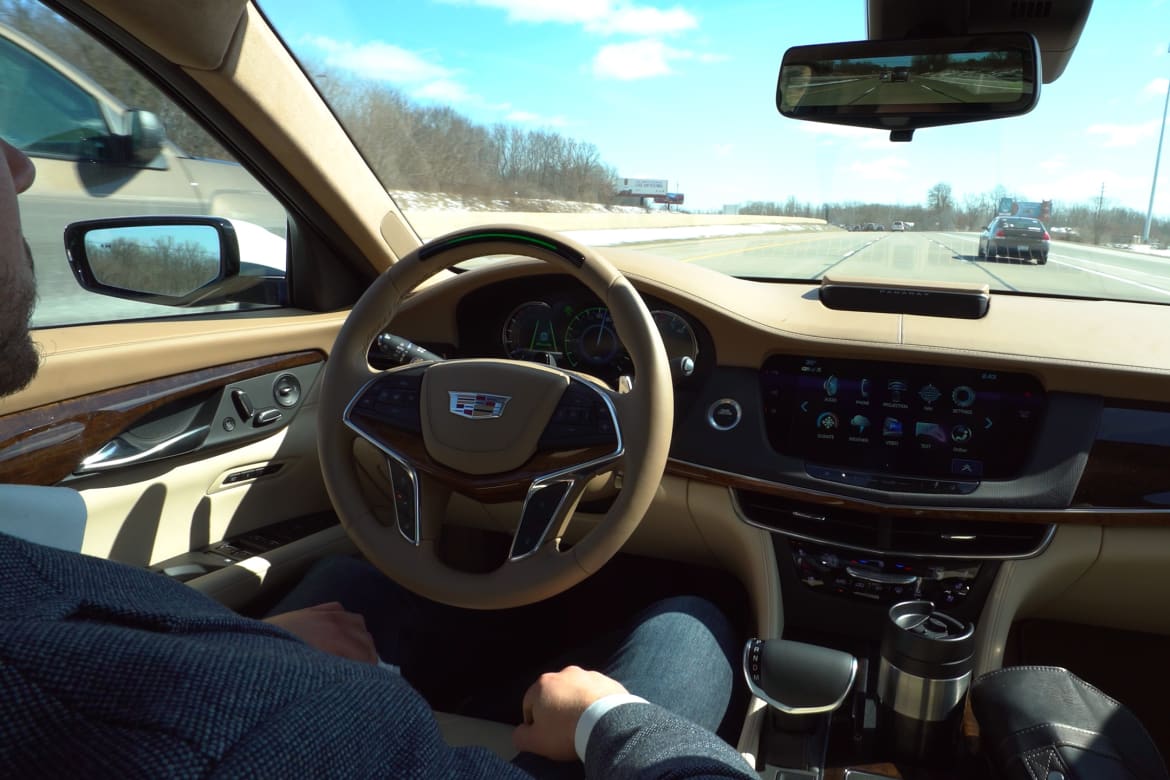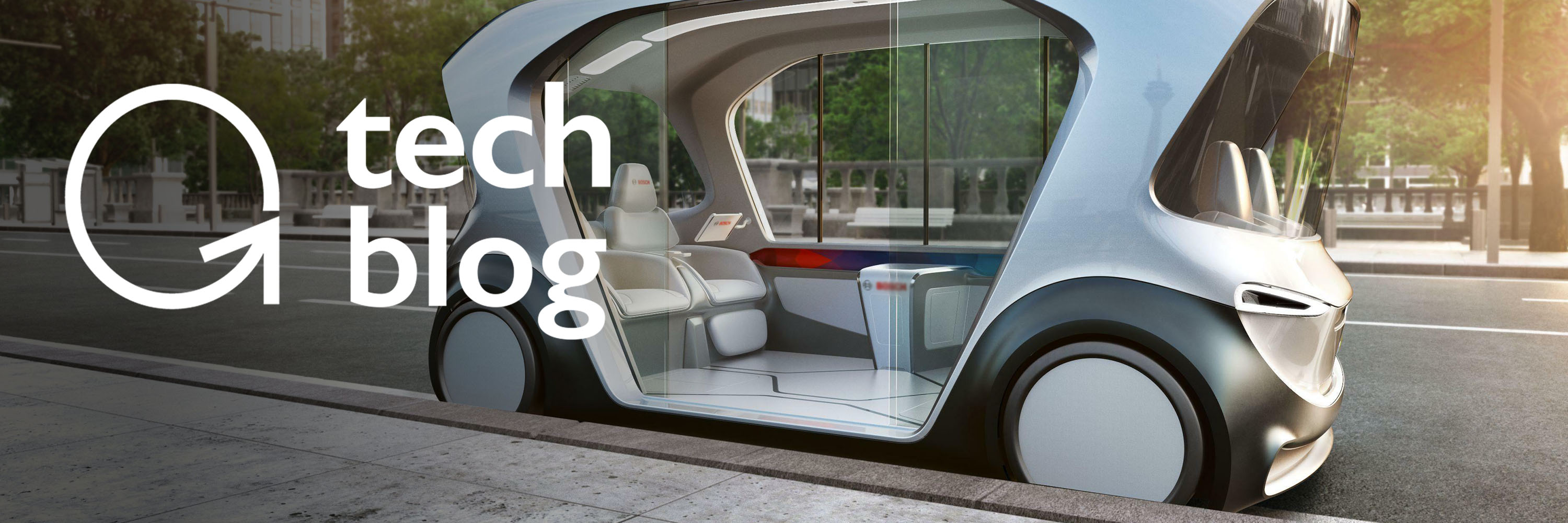
In this week's Abundance Insider: New plant-based meat alternatives, Cadillac’s 200,000 miles of hands-free driving, and a spacecraft 3D-printing hub.
P.S. Send any tips to our team by clicking here, and send your friends and family to this link to subscribe to Abundance Insider.
P.P.S. Want to learn more about exponential technologies and hone in on your MTP/ Moonshot? Abundance Digital, a Singularity University Program, includes 100+ hours of coursework and video archives for entrepreneurs, like you. Keep up to date on exponential news and get feedback on your boldest ideas from an experienced, supportive community. Click here to learn more and sign up.
Facebook Announces Libra Cryptocurrency: All You Need To Know

What it is: Earlier this week, Facebook released details of its new cryptocurrency, Libra. With a public launch set for 2020, Libra is backed by more than a dozen companies, including Visa, MasterCard, Western Union, PayPal, Stripe, and Uber. Having invested at least $10 million USD to fund development of the coin, each backer is part of the Libra Association, an independent entity of founding members tasked with governing the coin. Libra will be what is known as a stable coin, backed by a basket of government currencies to offset volatility.
Why it's important: This is the first major operation by a large, multinational platform to develop its own digital cryptocurrency, not to mention an accompanying programming language. As founding backers pursue businesses' acceptance of Libra for payment and even provide customer rewards, Libra's growth is newly elevating the "crypto" conversation in both profile and potential long-term economic significance. Watch how this conversation unfolds, not only in the U.S., but also in nations like India that have historically remained hostile to Bitcoin and other cryptocurrencies. How will regulators and users respond? Could this be an inflection point in the adoption curve? | Share on Facebook
Cadillac Super Cruise Expansion Means 200,000 Miles Of Hands-Free Driving

What it is: Cadillac just announced the addition of 70,000 miles to its Super Cruise hands-free driving system on the auto manufacturer’s CT6 Sedan. Currently the only semi-autonomous system that offers hands-free driving at maximum highway speeds, Super Cruise will now be fully functional on 200,000 miles of roads. While only programmed to work on mapped roadways, Cadillac’s system draws from vehicle sensors, cameras, and a compiled database of LIDAR-mapped roads for its robust hands-free functionality. To ensure continuous driver attention, Cadillac additionally uses sensors to monitor the position of a driver’s head, so sleeping behind the wheel is not an option!
Why it's important: Autonomous vehicles have arrived, and they will dramatically impact the structure of our days, not to mention the way we work. Riding advancements in machine learning and sensor technologies, self-driving cars will soon surpass the driving skills of any human. Lengthy commutes to work will become time-abundant opportunities: to get an extra hour of sleep, collaborate remotely on a project, or watch a movie. Eliminating transition times and travel interruptions enables a more seamless and productive day, courtesy of today’s numerous converging technologies. As autonomous driving multiplies our most precious resource, time, how will you maximize your efficiency? What new projects will you take on? | Share on Facebook
Beyond Meat Upgrades Its Burger With Better Marbling And Complete Protein

What it is: Just last week, plant-based meat substitute producer Beyond Meat released its new and improved Beyond Burger. Now available in major grocery stores — Whole Foods, Safeway, Target, Sprouts, among others — the upgraded patty is now a source of “complete protein,” containing all nine amino acids required in a human diet. One of the burger’s most widely lauded feats, however, is its impressive “marbled” texture, leveraging coconut oil and cocoa to imitate the richly flavored, fatty specks in real meat. Nonetheless, while stocked with 20 grams of protein (comparable to that of a beef burger), Beyond Meat uses pea, mung bean, and rice protein in lieu of a cholesterol-laden beef base.
Why it's important: As growing evidence reveals the health hazards and environmental footprint of meat consumption and animal agriculture, plant-based alternatives are beginning to play in the big leagues. Having enjoyed this year’s most successful IPO to date, Beyond Meat tripled its sales last quarter. Meanwhile, competitor Impossible Foods is now selling its plant-based burgers in Burger Kings nationwide, not to mention its patty's appearance on countless other restaurant menus. While both struggling to meet demand, these two players are part of a nascent but powerful new market, one poised to revolutionize the future of food and decimate its ecological impact. | Share on Facebook
Meet Endel: The First-Ever Algorithm To Sign A Music Distribution Deal With A Major Label

What it is: Endel, a music-generating AI, is now the first-ever algorithm to sign an album distribution deal with a major label conglomerate. One of the “big three” labels, Warner Music Group has agreed to distribute Endel’s AI-generated soundscapes. As part of the deal, Endel will generate twenty new albums for the label, in addition to the five it has already produced. Endel creates personalized meditation music for relaxation and focus. Thanks to its innovative music software, the startup has already attracted high-profile investors, from Amazon’s Alexa Fund to Japanese entertainment giant Avex Group.
Why it's important: From Neolithic cave paintings to today’s contemporary montages, art represents an evolutionary leap from base intelligence to complex, self-aware, and abstract thought. Many believe that our ability to create art corroborates humanity’s elevated position above other species. For this reason, some experts speculate that art will be the last industry disrupted by AI, if at all. Endel’s (and other softwares’) ability to create music thereby serves as an early indication that art is no longer a domain exclusive to human creatives. Just as IBM’s Deep Blue beat the world’s greatest chess player, Gary Kasparov, in an historic 1997 chess match, moments like these demonstrate just how quickly and multifariously applications of artificial intelligence are accelerating. | Share on Facebook
Relativity Is Building A 3D-Printing Rocket Manufacturing Hub In Mississippi

What it is: 3D-printed spacecraft manufacturer Relativity Space has now sealed its agreement with NASA to open a $59 million manufacturing facility at NASA’s John C. Stennis Space Center in Hancock, Mississippi. While Relativity already runs four proprietary 3D printers at its Los Angeles operations base, the startup will build twelve larger, second-generation printers at Stennis. With 220,000 square feet newly at its disposal, Relativity initially plans to use this Stennis infrastructure for construction of its Terran1 rocket. As affirmed by Stennis Space Center Director Dr. Rick Gilbrech, the collaboration reinforces NASA’s commitment to expand “commercial access to low Earth orbit.” Meanwhile, Relativity is given free rein to fully leverage the power of additive manufacturing.
Why it's important: Rockets are some of the most complex machines humankind has ever invented, constantly iterated upon and requiring extreme precision. 3D printing technology can simplify much of this complexity, requiring fewer parts, delivering a more seamless manufacturing process, and minimizing risk of human error. In the near future, additive manufacturing will be a key catalyst for exploration of and expansion throughout our solar system. Imagine shipping one of Relativity’s printers to Mars to manufacture critical components in situ, needed for return to Earth. Relativity's methods demonstrate a prime example of converging technologies that together decimate costs and open the floodgates for new industries. | Share on Facebook
Tyson Foods Unveils Plant-Based Nuggets As It Moves Into Meat Alternatives

What it is: Signaling a fundamental shift in today’s meat industry, Tyson Foods — the U.S.’s largest meat processor — has announced its upcoming debut of plant-based nuggets. Slated to hit shelves this summer, the product is part of Tyson’s new brand, Raised & Rooted, focused on plant-based protein. Yet unlike competitors Beyond Meat and Impossible Foods, Raised & Rooted will include both pure plant-based substitutes and blended products, such as a burger consisting of pea protein and Angus beef. With an eye to consumer trends, Tyson has even revealed future plans to enhance its range of plant protein alternatives.
Why it's important: By 2040, traditional meat supply is projected to fall by over 33 percent, according to a recent A.T. Kearney analysis. Already, consumer meat-eating habits (particularly in the U.S.) are changing at a staggering rate. While Mintel reports that almost 60 percent of U.S. consumers are interested in eating less meat, Euromonitor forecasts a $22.9 billion global market for meat alternatives by 2023. As fast-growing startups rush to capitalize on this hot new market, the entrance of corporate incumbents like Tyson is perhaps the most compelling validator of an underlying shift towards plant-heavy protein consumption. Whether overtaken by lab-grown meat or plant-based alternatives, the meat industry faces disruption of epic proportions. What do you envision on your plate in 2045? | Share on Facebook
Say Hello To Dot, An Autonomous Farming Solution
Guest contribution by Robert Saik, CEO of Dot Farm Solutions.

What it is: Based in Regina, Saskatchewan, Dot (named after its inventor’s mother) is the largest autonomous agriculture robot in the world. Dot’s patented, U-shape design enables the 173 Hp Diesel Power Platform unit to connect with a wide variety of Dot Ready implements, such as seed drills, planters, sprayers, fertilizer, spreaders and grain carts. Dot’s initial market is broad-acre agriculture, whereby farmers need to rapidly cover thousands of acres. Once farmers load perimeter and obstacle GIS field maps into Dot, the robot navigates using path-planning software at sub-inch GPS accuracy. This enables Dot to autonomously apply crop inputs like seed, fertilizer, or pesticides with 100% precision. Geared with LIDAR, radar and photometrics, Dot then leverages machine learning to increase real-time field analysis, efficiency and safety. As additional Dot-certified crop sensors are added to the platform, these will be further tethered to Dot’s Data Cloud, enabling deep analytics.
Why it's important: Most broad-acre farming operations suffer from acute shortage of qualified machinery operators. With the Dot Farming Solution, one operator can tender several Dot autonomous systems to multiply efficiency and dramatically reduce farmers’ time spent in tractor cabs. Highly versatile, Dot offers a path to autonomous agriculture for short-line manufacturers, expanding beyond broad-acre farming into small vegetable farms, vineyards, and even sectors like forestry, mining or construction. Today’s farmers additionally face exorbitant operational costs. A fraction of the cost of a self-propelled, high-clearance sprayer, Dot further reduces both soil compaction and operational costs by “cradling” (rather than “pulling”) its Dot Ready Implements. The world needs to produce 10,000 years worth of food in the next 30 years. Empowered by a wave of new tools, tomorrow’s farmers will need to rapidly adopt autonomous AgTech solutions, like Dot, to address agricultural constraints and unleash global food abundance. | Share on Facebook
What is Abundance Insider?
This email is a briefing of the week's most compelling, abundance-enabling tech developments, curated by my team of entrepreneurs and technology scouts, including contributions from standout technology experts and innovators.
Want more conversations like this?
At Abundance 360, a Singularity University Program, we teach the metatrends, implications and unfair advantages for entrepreneurs enabled by breakthroughs like those featured above. We're looking for CEOs and entrepreneurs who want to change the world. The program is highly selective. If you'd like to be considered, apply here.
Abundance Digital, a Singularity University Program, is an online educational portal and community of abundance-minded entrepreneurs. You’ll find weekly video updates from Peter, a curated newsfeed of exponential news, and a place to share your bold ideas. Click here to learn more and sign up.
Know someone who would benefit from getting Abundance Insider? Send them to this link to sign up.
Topics: Abundance Insider Energy Robotics AI food Artificial Intellegence robots future of food lab grown meat







